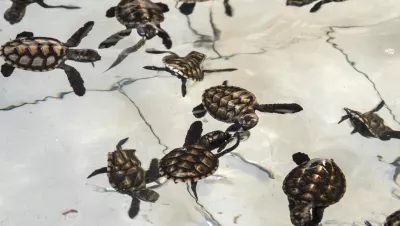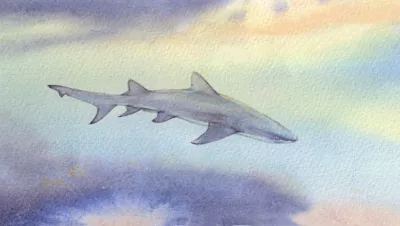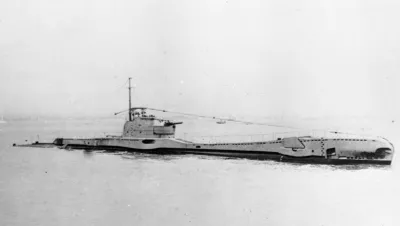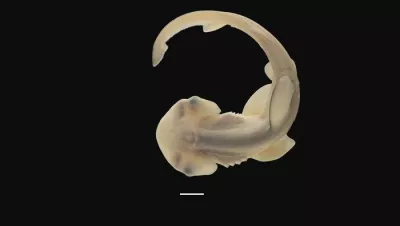A far-flung location in the Pacific, which can only be reached via liveaboard, Bikini Atoll in the Marshall Islands is the site of a fleet of WWII wrecks. Sunk during post-war nuclear testing, the wrecks are now encrusted with marine life. Brandi Mueller shares her adventure there.
X-Ray Mag #122
Feature articles in this issue with stand-alone pdfs
The distant northwestern Pacific island of Ebadon is one of the most pristine locations left on earth. It is also facing rapid and imminent destruction from increasing storm surge and overwash events driven by man-made climate change. The people of Ebadon, who contribute the least to climate change, will be among the first to be driven from their ancestral lands because of it. Photographer Lorenzo Moscia went to Ebadon to document the building of a climate-change research station and shares his experience there.
What does a “frame within a frame” look like in underwater photography? We asked our contributors to share their favorite photos that use “framing” to draw attention to the subject in the image, and they came back with a range of macro to wide-angle shots, featuring a variety of marine life, as well as divers, in wrecks and on reefs.
Established in 2014, Garden of the Gods is the latest in a series reef gardening projects in Pemuteran, Indonesia, which have been running since 2000, and is one of the largest in the world, in terms of area. Claudia Weber-Gebert gives us an inside look.
Artificial intelligence has been in the news lately, especially generative AI. It seems like every industry is trying to put this technology into their products, including image-processing apps. Michael Rothschild takes a closer look and gives examples in underwater photography.
How does one return to diving after hip replacement surgery? Simon Pridmore speaks from experience and gives an insight into how he used scuba diving in his physical rehabilitation.
Nestled in the mountainous area of Bestwig in western Germany is the Nuttlar slate mine, which offers divers an intriguing opportunity to step into the past. Kurt Storms gives us a glimpse of the underwater passages in the mine.
A sea turtle hatchery in Pemuteran, Indonesia, established by Reef Seen Divers’ Resort founder, Chris Brown, has provided a sanctuary for endangered baby turtles to hatch and grow large enough to be released into the sea with better chances of survival. Claudia Weber-Gebert has the story.
Alan Williams, a British artist based in Brighton, creates astounding and intricate sculptures of marine life from found and upcycled metal objects. X-Ray Mag interviewed the artist to learn more about his creative process and perspectives.
Other articles and news in this edition
The 47th annual DEMA Show was back in New Orleans after a 21-year break, and it was a welcome revisit. After years of Covid-related cancellations and restrictions, as well as experiments with virtual expos and other workarounds, the show seemed to have finally stepped out of the long shadow of the pandemic.
Fair winds and following seas, Bret Gilliam—The technical diving community celebrates his life and contributions.
Inspired by a perceived need to emphasize shark and ray ethology and to showcase their behavioural complexity and intelligence, a special issue of the Brill journal Behaviour has been published, focusing on elasmobranchs.
Imagine portable coral aquariums being established in remote areas to propagate young corals.... can this be a solution to the decline of coral reefs worldwide?
CSIRO scientists made a groundbreaking discovery about coral reefs during a seven-year study in Palau. Despite a super typhoon in 2012 causing significant damage to eastern reefs, the team observed an unexpected and rapid recovery.
Two new species of pygmy squid in the waters of Okinawa, Japan have been identified and catalogued, according to a new study.
In the Dutch Wadden Sea, a ground-breaking study shows how sunken trees may become a cost-effective and efficient tool for reef restoration, offering a glimmer of hope for our threatened oceans.
The late 3rd-century shipwreck is raised whole, a first for Roman maritime archaeology.
Discovery sheds light on a wartime mystery, revealing the final resting place of a vessel lost during the Second World War.
Discovery of the Huronton wreck in Lake Superior by the Great Lakes Shipwreck Historical Society sheds light on a century-old maritime mystery.
Manatees may soon be classified as “Endangered,” as federal wildlife authorities review their status, following a petition submitted by environmental organizations.
Beneath the waves, England's wrecks are in peril from looters. To counter this, an innovative scheme involving innovative forensic marking technology is poised to rewrite the story of underwater heritage protection.
Researchers provide a unique glimpse into the development of the hammerhead sharks' iconic skulls, shedding some light on these oceanic marvels.
The newly launched Coral Reef Breakthrough is an ambitious global initiative fighting to rescue coral reefs from extinction, protecting marine life and the livelihoods of millions.
Even when their eyes are in the dark, octopuses can “see” light with their arms, according to a recent study by researchers at the Ruppin Academic Center in Israel. After detecting the light, the octopus will pull its arms in, close to its body.

























